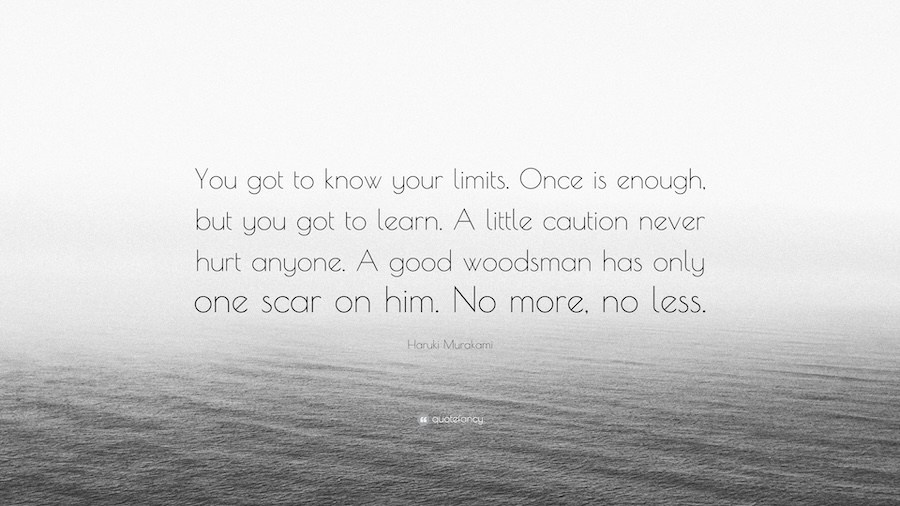Plottr is a simple program for planning a novel.
If you join your local writing group, you will probably here authors talk about “pantsers” vs “plotters.” These terms mean that some people prefer to sit down and write by the seat of their pants and let the novel take them wherever it wants to go without an overall plan. Plotters prefer to design their entire story before writing it or as they are doing it.
Even if writing for you is impulsive and totally creative and you love the catharsis of throwing your characters into situations and finding out how it ends, eventually you will need some kind of structure to rely on, just because no one has an infallible memory.
I’ve written short stories where I don’t do any planning, or I keep it so minimal that I don’t need to reference it. I like writing in thirds and limiting a story to 3000 words. In the first third, or the first 1000 words, we get to know the character and the environment and discover a problem which the character has to solve. In the second third the character struggles with the problem. In the last 1000 words the character resolves the problem and reflects on how her perception of the world has changed because of it. The final act doesn’t return the story to the homeostasis of the first act, it redefines the first act through the eyes of the character.
It is pretty easy to hold this structure in your mind when you are writing a short story, or any other simple structure corresponding to short writing blocks. You might conceive of a 5000 word story in five blocks of 1000 words, and even without doing a bunch of sophisticated planning you could write the block titles on a sticky note such as 1) introduction 2) change 3) discovery 4) despair 5) freedom.
Just having those barebones concepts in your mind as you write can support you as you write by the seat of your pants, even if they are just simple reminders to change the mood or tone of each section. Because no one has a perfect memory if you read through your work you will probably find repetitions, things you phrase in exactly the same way and scenes where characters discuss the same things. You are likely to always remember the overall arc of your story but it can be easy to forget what details you’ve already covered.
It is almost impossible, in my view to “pants” a full novel, unless you have a very limited scope. I could imagine if you had a main character with a simple story, maybe like a boy and his dog growing up, or a personal memoir, it might be easy to sit down and just write from your own mind during every session and still have the story progress logically. If you are interested in writing something like a mystery or crime novel, you will have tons of events that are hidden and happen outside of the main character’s and the narrator’s perception. To write this way, the chronology of the character’s experience and the reader’s experience need to be perfectly aligned with what happens offstage, and there can be no mistakes. A reader is more likely to notice a mistake than an author.
You need a plotting tool. It might be index cards that you lay out on your desk, or sticky notes on your office wall. I used trello for a while. The best plotting software for novelists out there is called plottr, and it is really cheap! I’m writing a series and the plots of my novels are all connected, so I can plot out 3 novels as one and decide where each begins and ends within the larger plot. I can write whole scenes and intricate plot lines that are never directly described and are kept secret by one character and revealed in the end. Plottr scrolls horizontally, so I can create a visual reference for my whole book that would be like six feet long if it was written out.
I also love the feeling of support I get from the larger structure. Sometimes I sit down for a writing session and just don’t feel connected to the characters or maybe I’m too tired or whatever. I can move over to plottr and work on my structures whenever I feel too inarticulate to write. Plottr helps me see easily when a scene is too long. If I’ve written 5,000 words about someone sitting in the park I can see immediately if it will slow down or impede the rhythm of my story. When I am feeling creative and “pantsy” sometimes it is difficult to know where to start, with Plottr, I always have a list of homework-style assignments from my previous self. Another cool thing is that they include templates. Want to write a mystery novel but aren’t sure how to start? Download the plottr template and open each event file and character file and start making some private notes.
The plottr demo library has structures for pride and prejudice and hamlet, and it is free to try!
Here’s a screenshot of my current plottr for a series. There’s something really satisfying about arranging the cards and sequencing all of your ideas. It reminds me of playing solitaire. I feel proud of this file in the same way I feel proud of my writing, even though I know I’m the only one who will ever see it!
Gray Fox Walks: an artistic children’s book celebrating the natural world









Leave a Reply